This reaction essay is part of the Brookings project—”The One Percent Problem: Muslims in the West and the Rise of the New Populists.” We asked each author to reflect on how reading the other working papers helped them think differently about their own country of focus.
Italy is an exceptional case in Europe when it comes to populism: the country was recently ruled by an “all-populist government” consisting of a left-wing — although this label applied to the Five Star Movement (M5S) is increasingly controversial — and a right-wing populist party. This had consequences for how each party manages its relationship with immigration and the place of Islam, and religion more generally. Whereas the right-wing League has maintained a strict ethno-nationalist (and xenophobic) position on immigration and Islam, the populist left represented by the M5S position is more complicated. Jasper Muis and Tim Immerzeel explain M5S’ position as follows: “Rather than articulating their own vision for the future of the nation (or Europe), they have quietly accepted the basic premise of the Islamophobic/xenophobic perspective in order to keep their constituency from being attracted to the extreme right.”
In Italy, as discussed in my working paper, Islam and religious differences are mainly used by the League, in combination with “economic frames,” to justify and reinforce anti-immigrant positions. On the contrary, for M5S, explicitly anti-Islamic rhetoric does not figure prominently — “this is not the main problem of the country,” as various interviewees put it. That said, during their time in government together, the gap between the two Italian populist parties — “left” and “right” — began to narrow in terms of attitudes toward immigration.
But to what extent is Italy different from other cases? And what accounts for these differences? Drawing on social movement literature, we can consider how (historically determined) political and discursive opportunities for the “mobilization” of anti-immigration discourses interact with religious and anti-Islam “frames.” In Italy, opportunity structures are shaped by the strong presence of the Catholic Church and the fact that the majority of the population identifies whether actively or passively with the Catholic faith. (Interestingly, however, parts of the official Catholic Church are distancing themselves from the strictest anti-immigrant policies of the League, calling instead for a more flexible position). Regardless of its actual positions, the historical presence of the Church and the prominence of the Pope in Italy has allowed for a cultural context where appeals against “foreigners” can resonate and be perceived as “legitimate by the audience,” even if many in the audience are not themselves practicing Catholics.
The League itself was born in the most resolutely Catholic part of Italy, so it is no surprise that its leaders understood that anti-Islam discourses could resonate both within the party but also on a regional level (and eventually the national level). As anti-Muslim discourses became more resonant, due to the attacks of 9/11 and the 2015 refugee crisis, the populist right found itself with more organizational and political opportunities to “impose” its anti-immigrant position on the left-wing M5S. Over time, in part because parties have continuously injected such narratives into the public debate (which, in turn, pushes other parties to respond, thereby legitimizing previously marginal narratives), such narratives have gradually become normalized, accepted, certainly more tolerated than before on social, cultural, and political levels. It is one thing to gain electoral significance, another to acquire societal importance, and this is what the populist right has done in Italy. At the same time, the gap between the center-right and far-right has closed. Despite its status as an advanced Western democracy, Italy carries past legacies.
Italian right-wing activism “has maintained a clear link with fascism,” write Patrizia Milesi, Antonio Chirumbolo, and Patrizia. Considering the cultural dimensions of right-wing populist parties in Italy, Stephanie Dechezelles demonstrates that young Italian right-wing activists share collective cultural frames composed of an ideal model of society, a legendary narrative, and a symbolic terrain inspired by old ideological references. She stresses that the mechanisms that allow the appropriation of such old elements are driven by certain shared biographical, familial, and social experiences, through which intimate (family) memory and political commemoration are associated and transmitted.
However, reading and discussing the other papers reminded me of the importance of the “agency” of the actors (in our case populist parties) and therefore we might find that different actors use the political and discursive opportunities around them differently. During a Brookings workshop with the various project contributors, one author said that “it is important to look at different tiers of leaders.” Umberto Bossi, the founding father of the Northern League, and later League Federal Secretary Matteo Salvini were both strongly attached to the Catholic religion and did not hide this during political events. For instance, in several public debates, Salvini invoked the “Madonna” (the mother of Christ) to support his political positions. On the other hand, the Church and particularly Pope Francis are careful to keep their distance from the League’s strict anti-immigrant positions. The Italian paradox, then, is that the Church, often used as a “flag” by the League, does not actually support many the League’s own positions.
The Italian paradox, then, is that the Church, often used as a “flag” by the League, does not actually support many the League’s own positions.
At the same time, M5S claims a constituency of (former) left wing voters, i.e., Italian citizens voting for the traditional Italian left-wing party, Partito Democratico. In this sense M5S had more or less traditional core values of any social democratic party, including relatively progressive positions on immigration and secular and pluralistic views on religion. However, over time, during its uncomfortable governmental “wedding” with the League, M5S increasingly abandoned its progressive positions to resemble the League on issues relating immigration and Islam — drawing criticism from M5S activists and local representatives, who had little choice but to watch these developments with dismay.
This suggests that when it comes to immigration and Islam “what is happening on the local level is often much different than what is happening on the national level,” as one expert put it in our authors’ round-table. In the M5S, this base-leadership gap is perhaps more noticeable due to the party’s originally left-wing origins. In practice, attitudes are more open and progressive at the local level and stricter and more likely to hew to the official line at the national level. In fact, this was one of the major findings in my working paper, and the gap turned out to be larger than I expected.
The Brookings Institution is committed to quality, independence, and impact.
We are supported by a diverse array of funders. In line with our values and policies, each Brookings publication represents the sole views of its author(s).
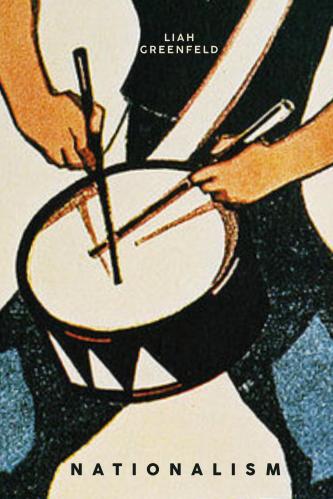
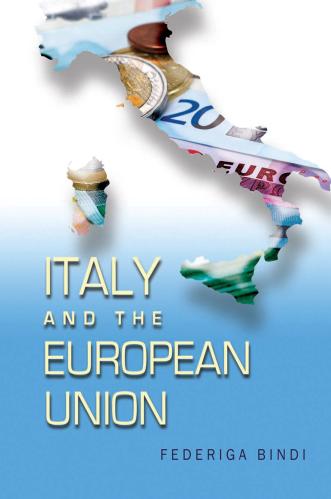
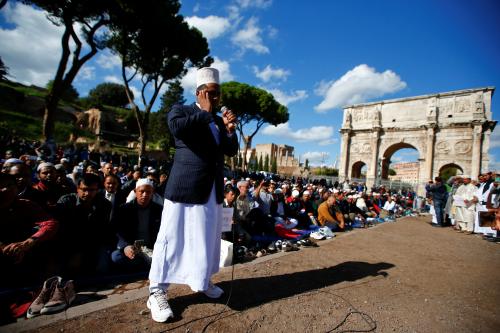
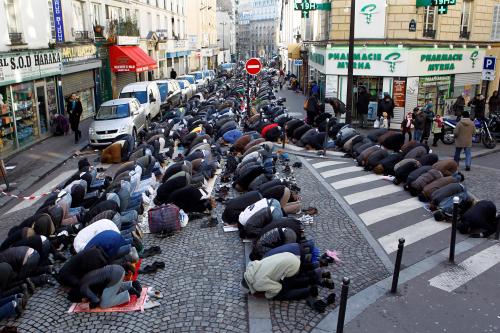
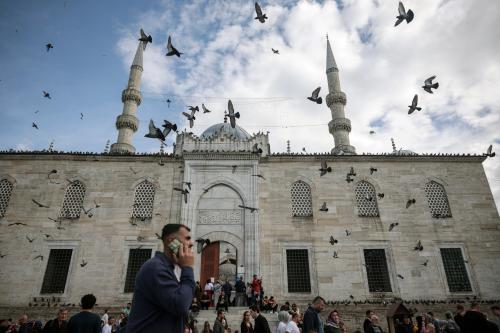

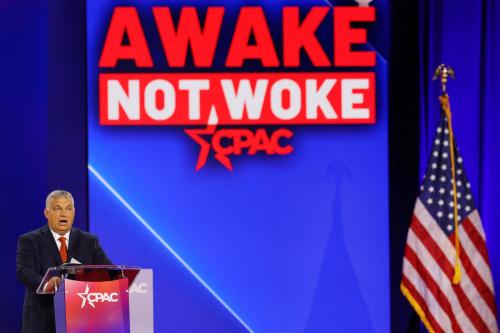
Commentary
How Italy’s “all-populist government” viewed Muslims
A 'Muslims in the West' reaction essay
December 4, 2019